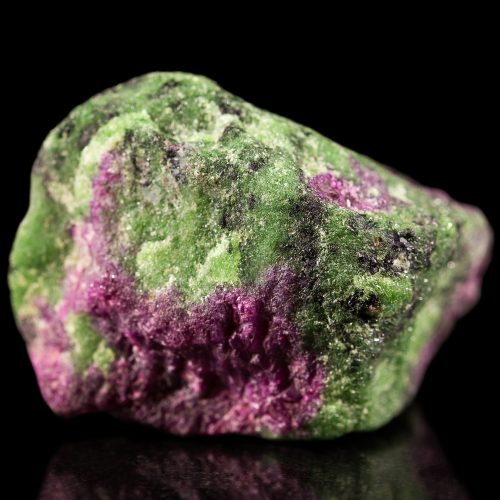
Zoisite is named for the famed collector Sigmund Zois. Discovered in Austria in 1805 in the Sau-Alp mountains, zoisite was not always considered gem material. A green specimen with hornblende inclusions and, more importantly, large opaque ruby inclusions, was discovered in 1954 making zoisite interesting for ornamental objects and some gem usage.
A major variety of zoisite is tanzanite, a blue or violet-colored gem, discovered in 1967.
Gemological Information for Zoisite
| Color: | Blue to Violet, Brown, Green-Yellow and Pink |
| Crystal Structure: | Orthorhombic |
| Refractive Index: | 1.691 to 1.700 |
| Durability: | Fair to Poor |
| Hardness: | 6 to 7 |
| Family: | Zoisite |
| Similar Stones: | Rhodonite, Hydrogrossular Garnet, Sapphire, Benitoite, Spinel, Iolite |
| Treatments: | Heating |
| Country of Origin: | Tanzania (Tanzanite), Austria, Germany, Italy, Mexico, Switzerland, U.S |
Zoisite Care
| Ultrasonic Cleaning: | Never |
| Steam Cleaning: | Never |
| Warm Soapy Water: | Safe |
| Chemical Attack: | Hydrochloric and Hydrofluoric Acids Attack |
| Light Sensitivity: | Stable |
| Heat Sensitivity: | Jeweler’s Torch May Fuse |
Sources
- Gem Reference Guide, Los Angeles: Gemological Institute of America, 1988. Pp. 262-264.
- Schumann, Walter. Gemstones of the World, New York: Sterling Publishing, Co., 1977. Pp. 160.